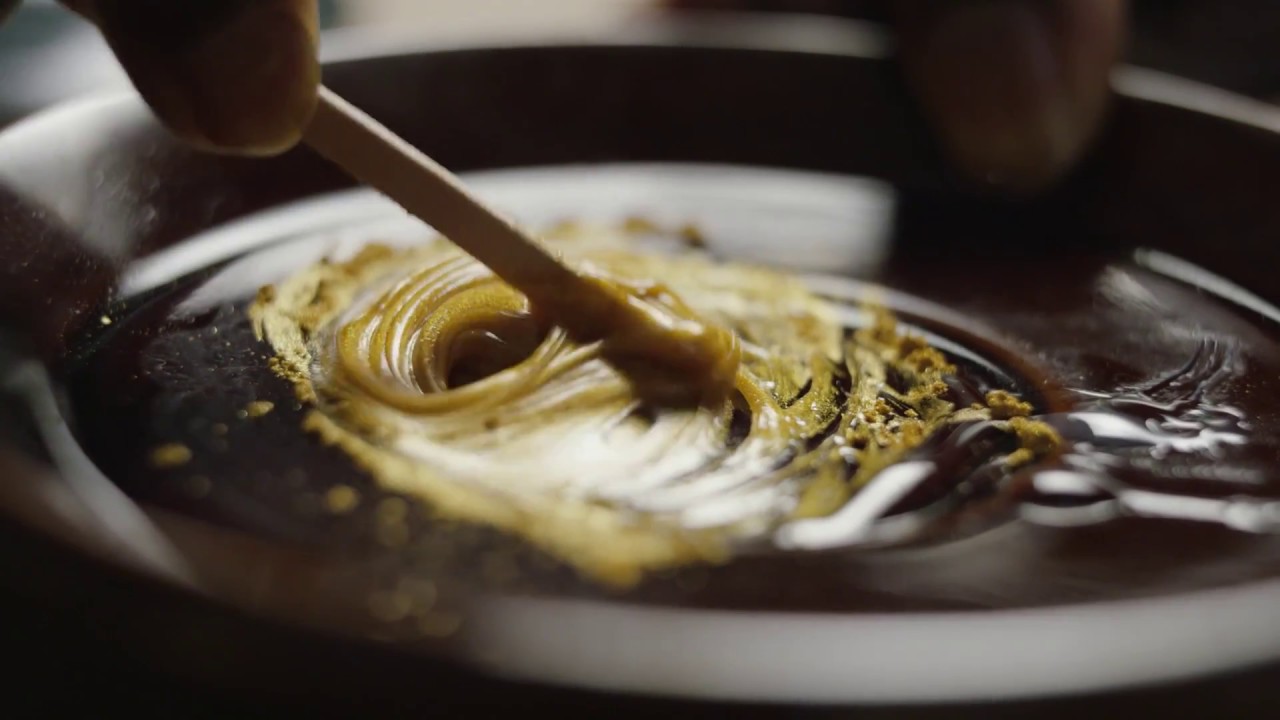KINTSUGI | 金継ぎ



THE ART OF BEAUTIFYING DAMAGE, AN ANCESTRAL JAPANESE TECHNIQUE FOR “REPAIRING WITH GOLD”
 The story goes that at the end of the 15th century, during the Ashikaga shogunate, the shogun Ashikaga Yoshimasa sent some tea cups to China to repair them. But he did not like the result, so he asked Japanese craftsmen to repair them so that they would retain their charm. These Japanese craftsmen rebuilt the cups using a varnish with gold dust. The cups were revalued in terms of importance and beauty. This gave rise to the Japanese art of KINTSUGI.
The story goes that at the end of the 15th century, during the Ashikaga shogunate, the shogun Ashikaga Yoshimasa sent some tea cups to China to repair them. But he did not like the result, so he asked Japanese craftsmen to repair them so that they would retain their charm. These Japanese craftsmen rebuilt the cups using a varnish with gold dust. The cups were revalued in terms of importance and beauty. This gave rise to the Japanese art of KINTSUGI.
Even today this technique is used to increase the value of the original piece.
In Japan everything handmade is highly valued. Even more so if it is something that we appreciate and value for its sentimental importance and the passage of time make it even more precious and irreplaceable, WABI-SABI. Hence the need to repair if an object should break.
This is the case of ceramic pieces, sometimes wood, when the broken pieces are joined with the technique of KINTSUGI, repair with resin and gold dust, sometimes the recomposition is done with silver or platinum.
KINTSUGI金付き
金(gold)
繕い(repair)
Behind this repair technique lies a very valuable philosophy of life. All hard and difficult experiences make us stronger and sometimes give new meaning to our existence. If we look at an unfortunate event in our life in isolation, we see it as something unpleasant. It is like a single, meaningless note. But when we look at the ensemble of all the musical notes, the decisions that we make thanks to that event, and that make us overcome difficult situations, we notice a beautiful melody. Because every obstacle you overcome is a step you climb in your own value.


